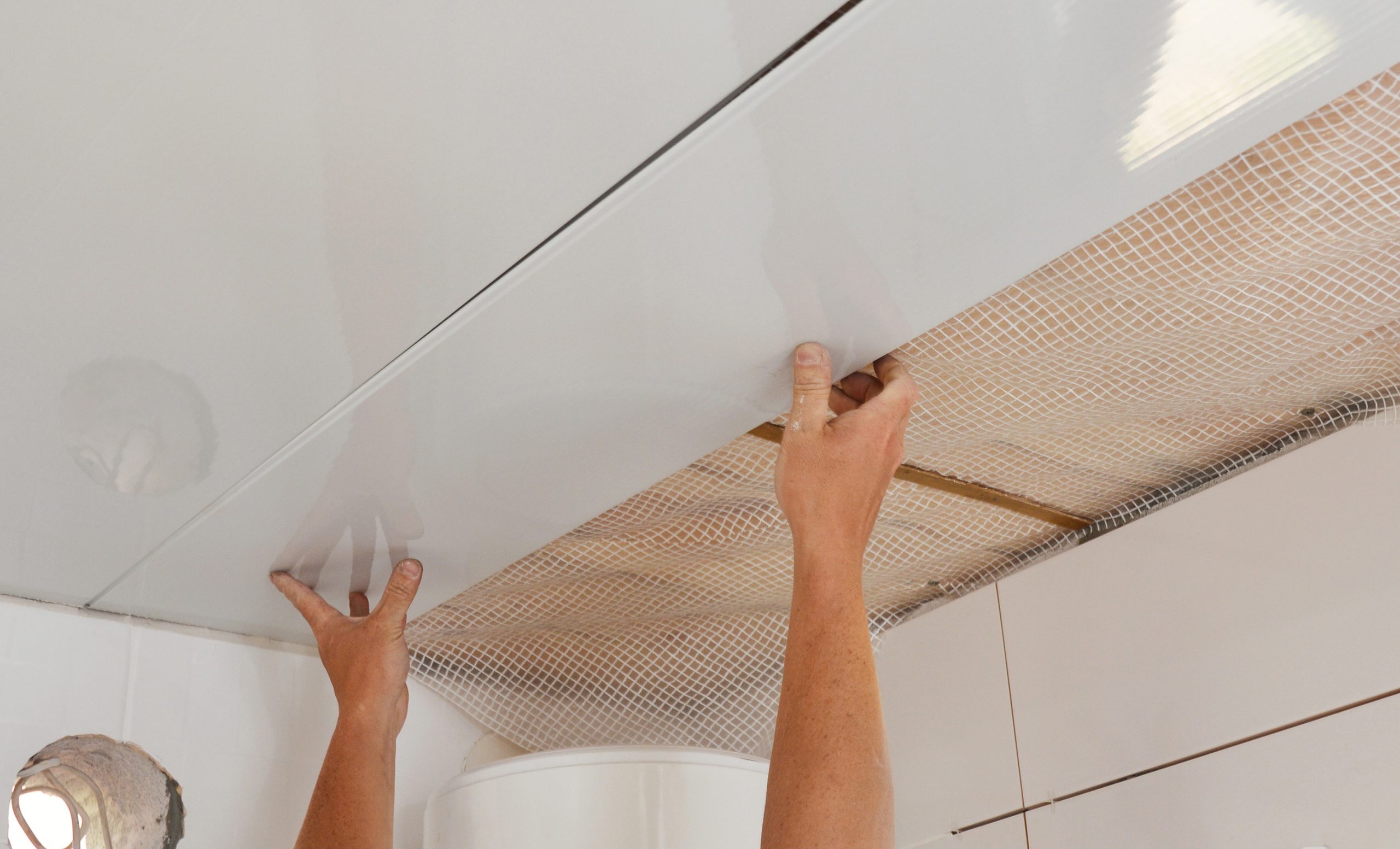In the ever-evolving landscape of architecture and construction, the materials used to create buildings have undergone significant transformations. As we navigate through the 21st century, the quest for sustainability, efficiency, and innovation has led to the emergence of a diverse array of building materials. This article delves into what buildings are made of today, examining traditional materials alongside cutting-edge alternatives that are shaping the future of construction.
Traditional Building Materials: A Foundation of Durability
Historically, the primary materials used in construction have included wood, brick, stone, and concrete. Each of these materials has its unique properties and applications:
- Wood: Renowned for its versatility and aesthetic appeal, wood remains a popular choice for residential buildings. Its renewable nature and carbon sequestration capabilities make it an environmentally friendly option. Engineered wood products, such as cross-laminated timber (CLT), have gained traction for their strength and sustainability.
- Brick: A staple in construction for centuries, brick is valued for its durability and thermal mass. Modern advancements have led to the development of eco-friendly bricks made from recycled materials, which reduce the carbon footprint associated with traditional brick production.
- Stone: While often associated with historical architecture, stone continues to be used in contemporary designs. Its natural beauty and longevity make it a favored choice for facades and landscaping. Innovations in stone processing have also made it more accessible for modern applications.
- Concrete: As one of the most widely used construction materials globally, concrete is celebrated for its strength and versatility. Recent developments in concrete technology, such as high-performance concrete and self-healing concrete, have enhanced its durability and sustainability.
Innovative Materials: Paving the Way for the Future
In addition to traditional materials, the construction industry is witnessing a surge in innovative materials that prioritize sustainability, efficiency, and performance:
- Recycled Materials: The push for sustainability has led to the increased use of recycled materials in construction. Recycled steel, glass, and plastics are being repurposed to create new building components, reducing waste and conserving resources.
- Biomaterials: The rise of biomaterials, such as mycelium and bio-concrete, represents a significant shift towards sustainable construction. Mycelium, the root structure of fungi, can be cultivated into lightweight, insulating bricks, while bio-concrete incorporates bacteria that can heal cracks, extending the lifespan of structures.
- Smart Materials: The integration of technology into building materials has given rise to smart materials that respond to environmental changes. For instance, thermochromic and photochromic materials change color based on temperature and light exposure, enhancing energy efficiency and aesthetics.
- 3D-Printed Materials: The advent of 3D printing technology has revolutionized the construction industry. Materials such as concrete and polymers can be printed on-site, reducing waste and allowing for complex designs that were previously unattainable.
Sustainable Practices: The Green Building Movement
As the world grapples with climate change and resource depletion, the construction industry is increasingly adopting sustainable practices. This shift is not only about the materials used but also encompasses the entire lifecycle of a building:
- Life Cycle Assessment (LCA): LCA is a systematic approach to evaluating the environmental impacts of building materials throughout their lifecycle, from extraction to disposal. This assessment helps architects and builders make informed decisions that minimize ecological footprints.
- Energy-Efficient Materials: Insulation materials, such as cellulose, spray foam, and rigid foam, play a crucial role in enhancing a building's energy efficiency. These materials reduce heating and cooling demands, leading to lower energy consumption and costs.
- Green Certifications: Various certification programs, such as LEED (Leadership in Energy and Environmental Design) and BREEAM (Building Research Establishment Environmental Assessment Method), encourage the use of sustainable materials and practices. Buildings that achieve these certifications often enjoy increased market value and tenant satisfaction.
Conclusion: A Tapestry of Innovation and Tradition
The materials that make up our buildings today reflect a rich tapestry of innovation and tradition. As architects and builders continue to explore new frontiers in construction, the integration of sustainable practices and advanced materials will play a pivotal role in shaping the future of our built environment. By understanding what buildings are made of today, we can appreciate the intricate balance between functionality, aesthetics, and environmental responsibility that defines modern architecture.


